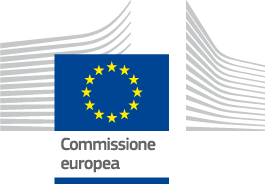

Good Practice Short Story

Aquaponic farming is an exciting and developing sector of aquaculture which provides an opportunity to save our environment along with providing high-quality local food products like fish and vegetables. The method requires 85% less water than traditional agricultural and fish farming practices, and the fish and plants are raised in a controlled environment
The demand for sustainable seafood is increasing, so fish farming has a vital role to play in global food production. However, traditional fish farming can harm the environment by causing eutrophication (an excess of nutrients in the water) and altering natural ecosystems. The aquaponic farming method is an integration of a recirculating aquaculture system (RAS) and hydroponics (the technique of growing plants without soil) in one production system. In aquaponic units, water from the fish tanks is recirculated through filters to feed beds of plants, and then back to the fish tanks. The great advantage of aquaponic farming is that it enables the plants to recover dissolved waste nutrients from fish tanks, thus reducing both water use and discharges to the environment.
The project has been implemented by the Institute of Bioeconomy (BTI) of Jyväskylä University of Applied Sciences. The Central Finland FLAG has funded a feasibility study, small-scale laboratory testing and the construction of a pilot plant to develop and monitor the performance of the system. The third phase of the project will start in 2022 with the aim of scaling up the aquaponic system to commercial viability. The ultimate goal of the project is to create a profitable, environmentally friendly and innovative business model for rural areas, where old or abandoned agricultural facilities could be harnessed for new business development. The method has been tested with rainbow trout, mint and spinach, mainly focusing on water quality, fish growth, plant growth, system maintenance and reducing the environmental load of nutrients.
| Budget | €98 000 |
|---|---|
| EU contribution |
€40 514
|
| Other public contribution |
€22 586
|
| Private contribution | €34 900 |
| Timeframe of implementation | From Nov 2017 to Dec 2021 |
|---|---|
| Sea Basins |
|
| Type of area |
|
| Theme |